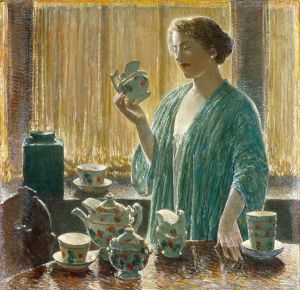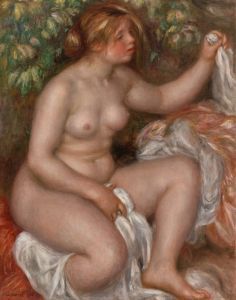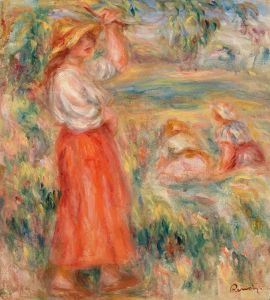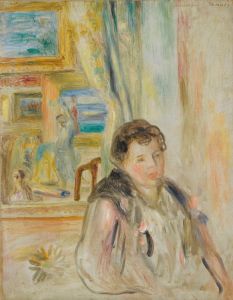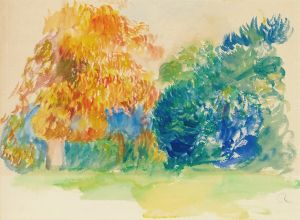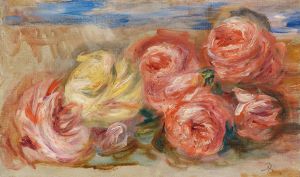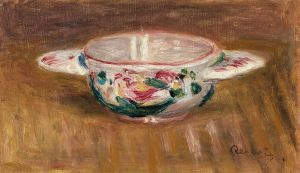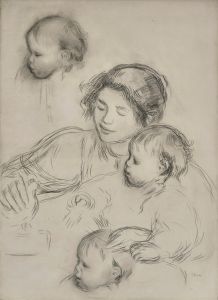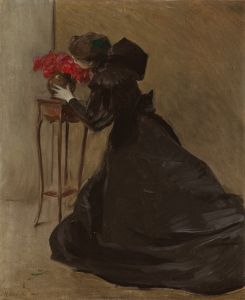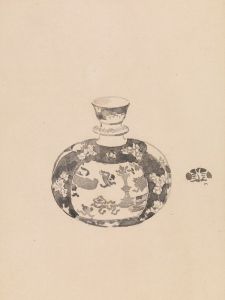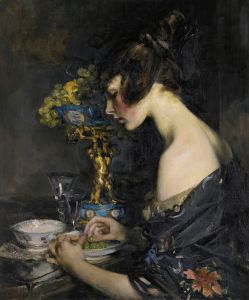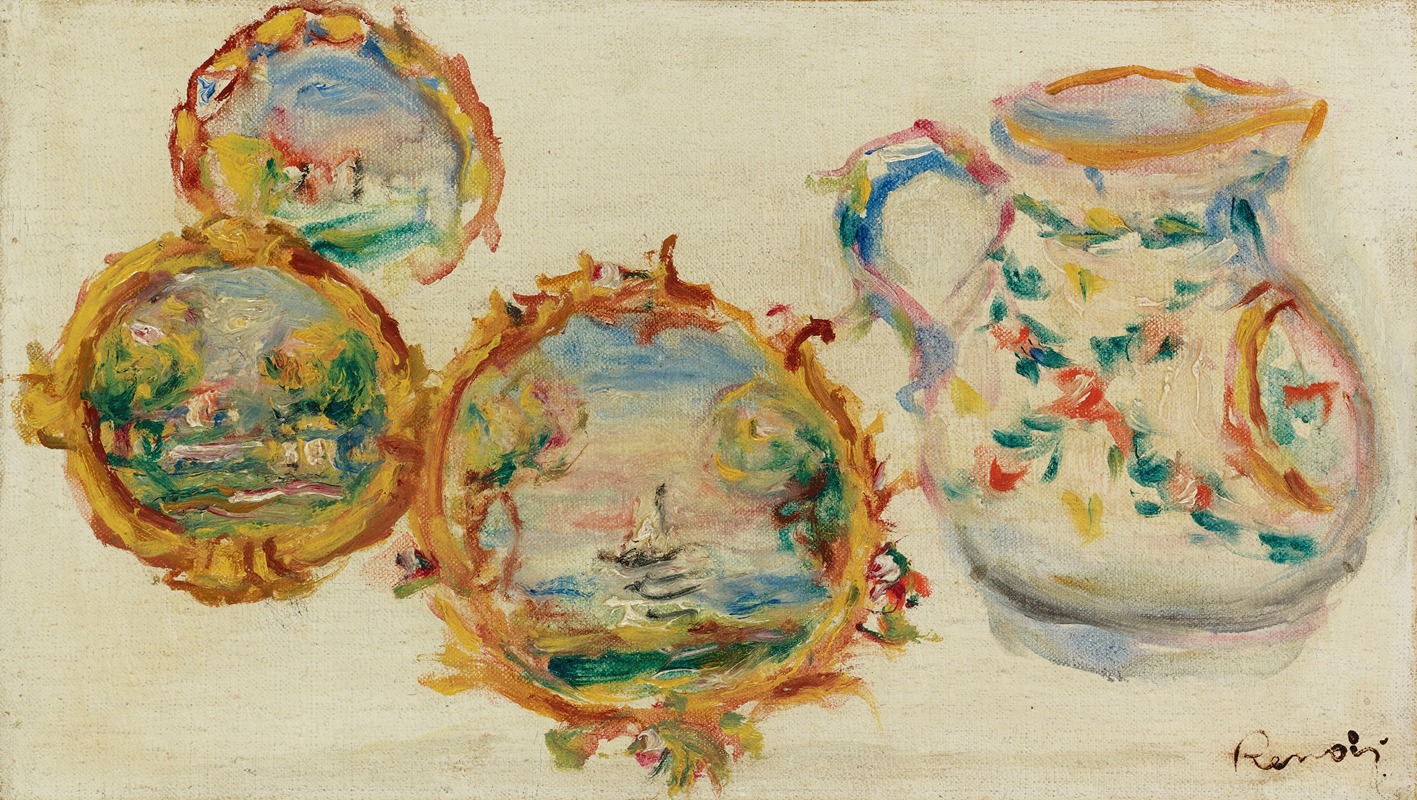
Faïences Décorées
A hand-painted replica of Pierre-Auguste Renoir’s masterpiece Faïences Décorées, meticulously crafted by professional artists to capture the true essence of the original. Each piece is created with museum-quality canvas and rare mineral pigments, carefully painted by experienced artists with delicate brushstrokes and rich, layered colors to perfectly recreate the texture of the original artwork. Unlike machine-printed reproductions, this hand-painted version brings the painting to life, infused with the artist’s emotions and skill in every stroke. Whether for personal collection or home decoration, it instantly elevates the artistic atmosphere of any space.
Pierre-Auguste Renoir, a leading figure in the Impressionist movement, is renowned for his vibrant light and saturated color, often focusing on people in intimate and candid compositions. One of his lesser-known works, "Faïences Décorées," reflects his interest in decorative arts, a theme that occasionally appeared in his oeuvre. While specific details about this particular painting are scarce, it is essential to understand the context of Renoir's artistic journey to appreciate the significance of such works.
Renoir was born in Limoges, France, in 1841, and his early exposure to the decorative arts came through his apprenticeship as a porcelain painter. This experience undoubtedly influenced his later works, where he often incorporated elements of decorative design and paid close attention to the interplay of colors and patterns. His background in porcelain painting provided him with a unique perspective on the use of color and detail, which became a hallmark of his style.
The Impressionist movement, which Renoir helped to pioneer, was characterized by a desire to capture the fleeting effects of light and atmosphere. This approach often led artists to explore new techniques and subjects, including the integration of decorative elements into their compositions. Renoir's interest in faïence, a type of fine tin-glazed pottery, aligns with this broader trend within Impressionism to blur the boundaries between fine art and decorative art.
"Faïences Décorées" likely showcases Renoir's fascination with the aesthetic qualities of ceramics and their potential to enhance the visual appeal of a painting. While the specific details of this painting are not well-documented, it can be inferred that Renoir's treatment of the subject would reflect his mastery of color and composition. His ability to render textures and patterns with a delicate touch would have been well-suited to depicting the intricate designs typical of faïence pottery.
Throughout his career, Renoir's work evolved from the pure Impressionism of his early years to a more classical style in his later period. This evolution was marked by a greater emphasis on form and structure, which may have influenced his approach to works like "Faïences Décorées." By integrating decorative motifs into his paintings, Renoir was able to explore new dimensions of visual harmony and complexity.
Renoir's legacy as an artist is defined by his ability to capture the beauty of everyday life, and his interest in decorative arts is a testament to his diverse artistic influences. While "Faïences Décorées" may not be as widely recognized as some of his other masterpieces, it represents an important aspect of his artistic exploration. Through such works, Renoir contributed to a broader appreciation of the decorative arts within the context of fine art, challenging traditional distinctions and enriching the visual language of his time.
In summary, while specific information about "Faïences Décorées" is limited, understanding Renoir's background and artistic interests provides valuable insight into the potential significance of this painting. His integration of decorative elements into his work reflects a broader trend within Impressionism and highlights his unique contribution to the art world.






